Our country is a home for a huge number of species, continue to learn about the types of different birds in Nigeria

Main types of birds in Nigeria
Here we have the different types of birds that live in our county, note that there are over 940 species of birds in Nigeria. The number of species of some types is too large, so we will show you just a few representatives from each type.
Accipitriformes
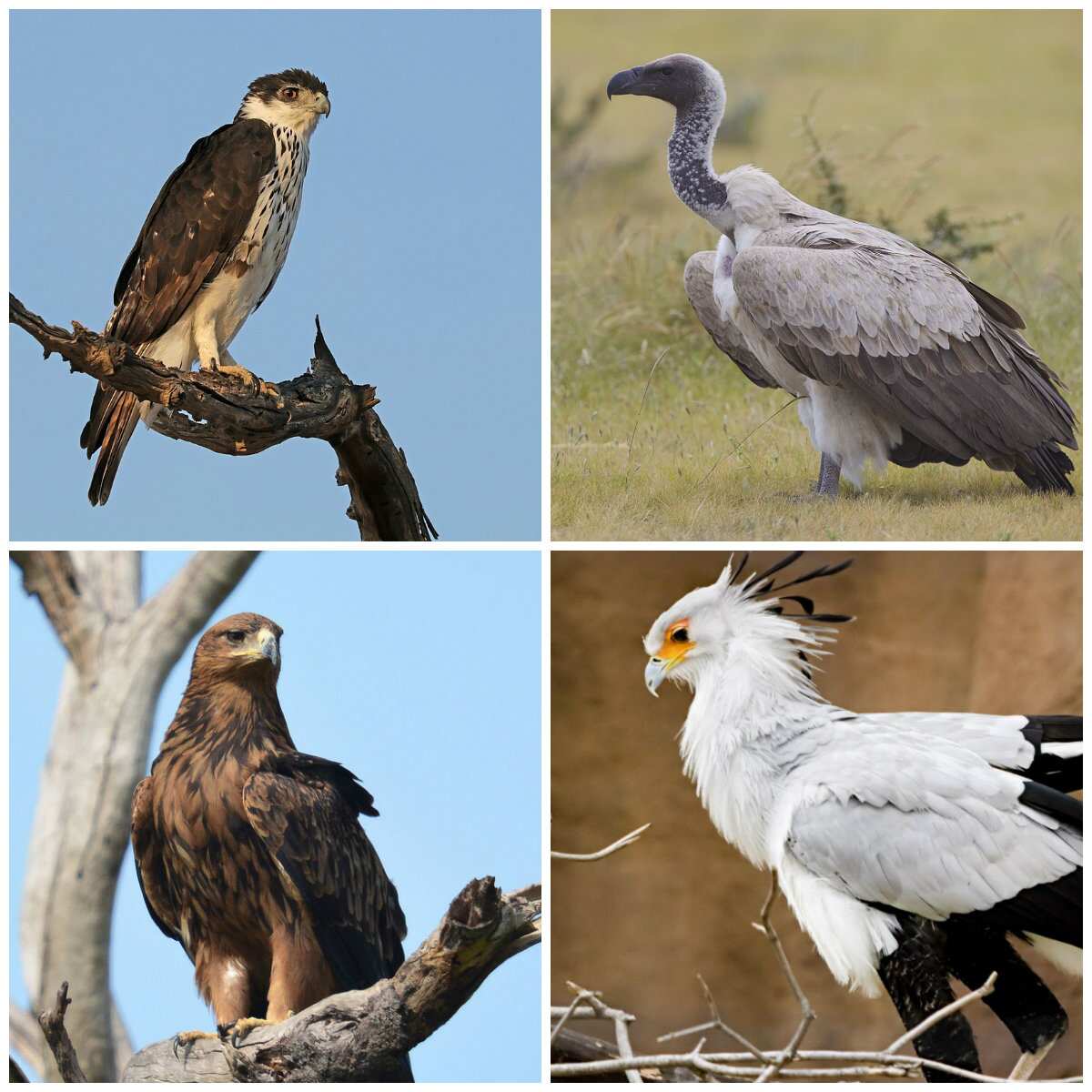
READ ALSO: What wild animals in Nigeria can you meet?
- African Fish Eagle
- African Harrier-Hawk
- African Hawk-Eagle
- Ayres's Hawk-Eagle
- Bat Hawk
- Bateleur
- Black Kite
- Black Sparrowhawk
- Black-winged kite
- Brown Snake Eagle
- Dark Chanting Goshawk
- European Honey Buzzard
- Gabar Goshawk
- Hooded Vulture
- Lapped-faced Vulture
- Lesser Spotted Eagle
- Lizard Buzzard
- Long-crested Eagle
- Marsh Harrier
- Montagu's Harrier
- Pallid Harrier
- Palm-nut Vulture
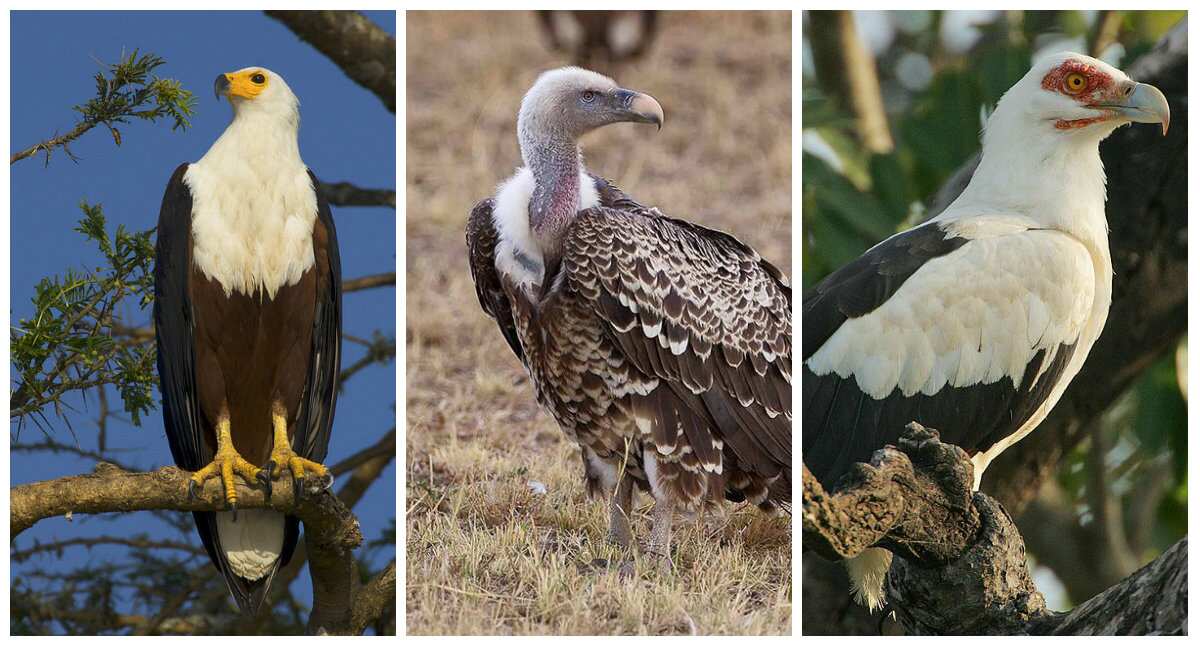
- Red-necked Buzzard
- Rüppell’s Vulture
- Scissor-tailed Kite
- Shikra
- Short-toed Snake Eagle
- Tawny Eagle
- Wahlberg's eagle
- Western banded snake eagle
- White-backed Vulture
- White-headed Vulture
- Osprey
- Secretarybird
Anseriformes
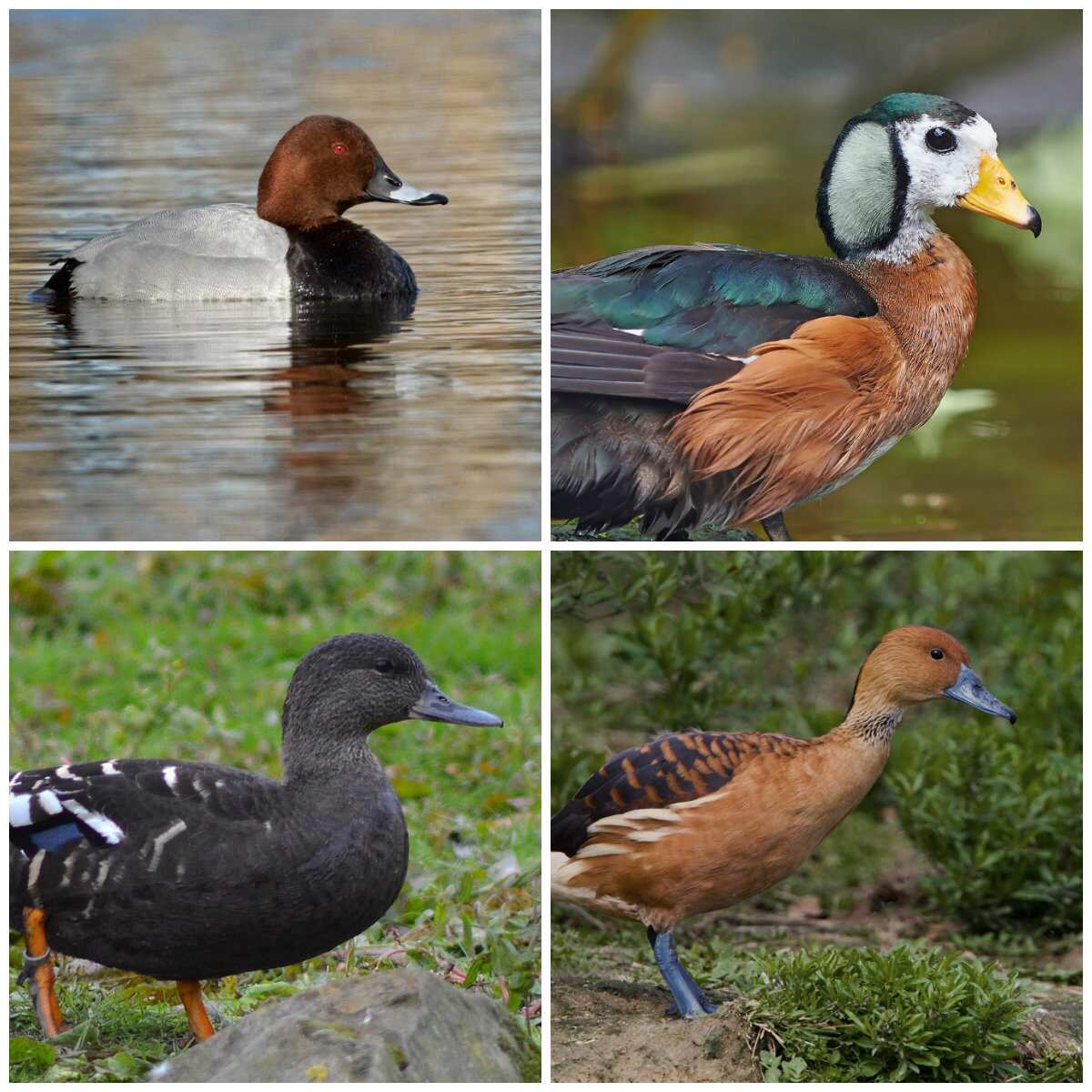
- African Black Duck
- African Pygmy Goose
- Common Pochard
- Egyptian Goose
- Eurasian Teal
- Eurasian Wigeon
- Ferruginous Duck
- Fulvous whistling duck
- Garganey
- Hartlaub's duck
- Knob-billed Duck
- Pintail
- Spur-winged goose
- Tufted Duck
- White-faced whistling duck
Apodiformes
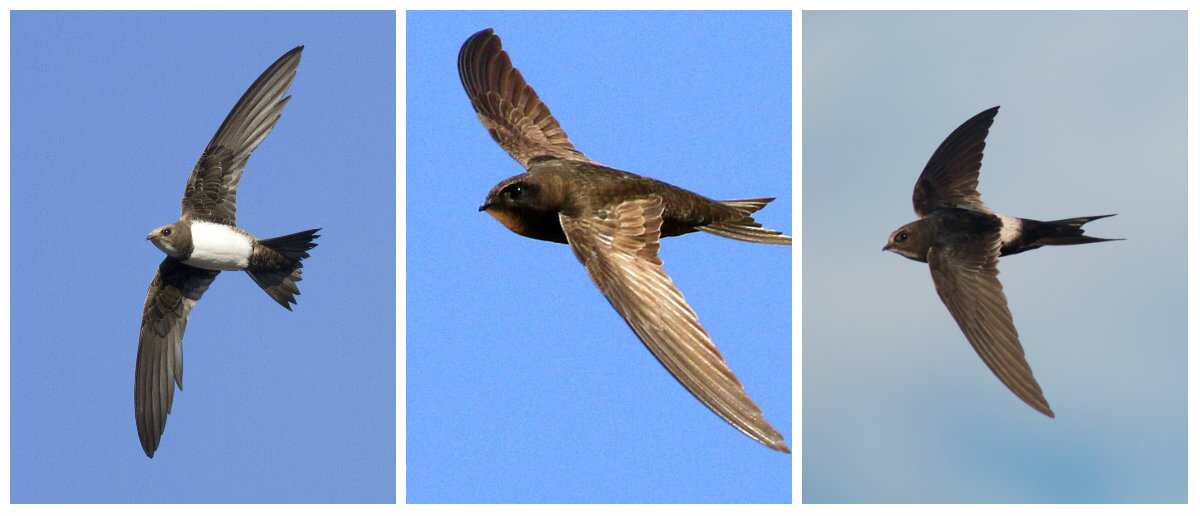
- Alpine Swift
- Common Swift
- White-rumped swift
Bucerotiformes
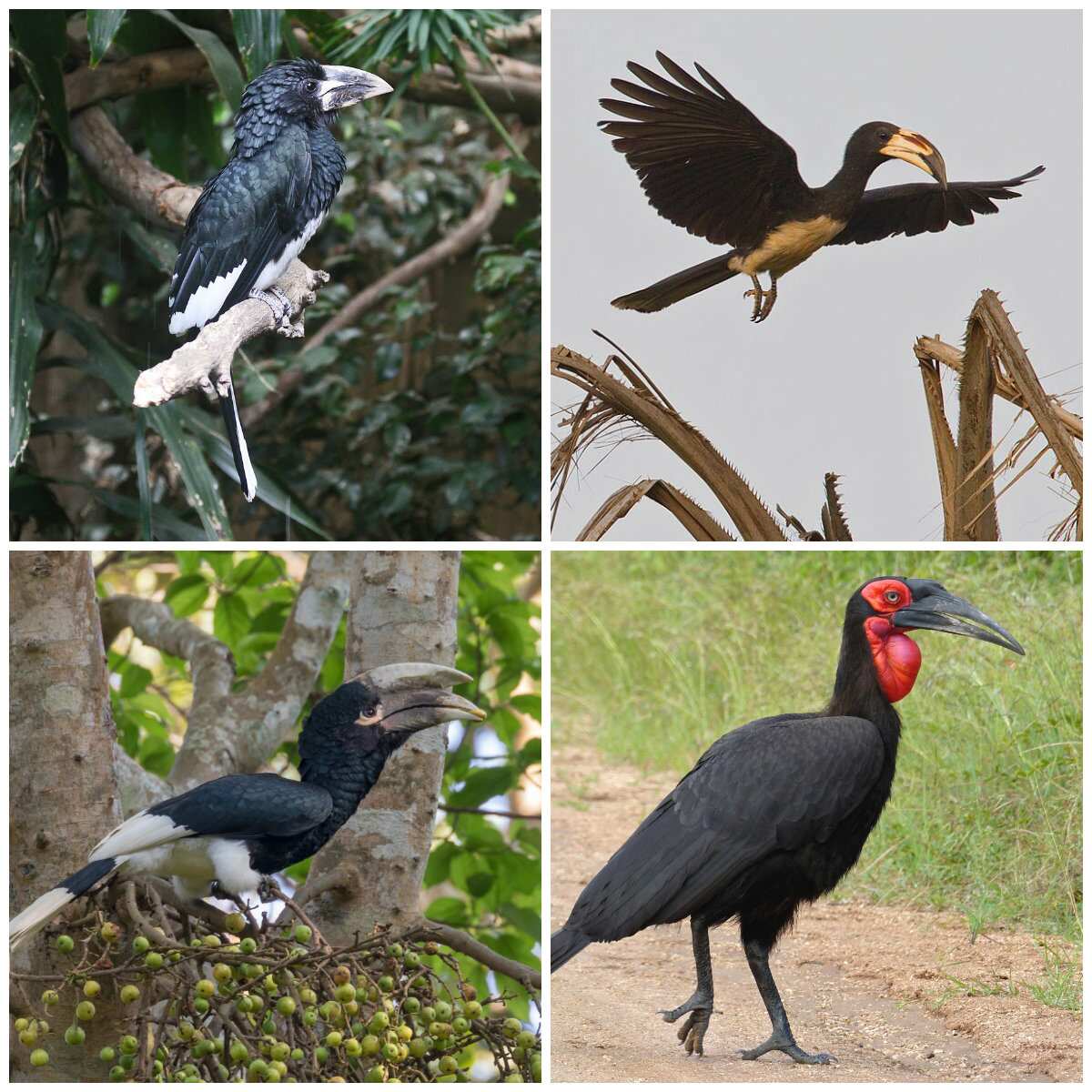
- Ground Hornbill
- African Grey Hornbill
- African Pied Hornbill
- Black-and-white-casqued Hornbill
- Black-casqued Wattled Hornbill
- Northern Red-billed Hornbill
- Piping Hornbill
- Piping Hornbill
- White-thighed Hornbill
- Yellow-casqued Wattled Hornbill
- Black Scimitarbill
- Green Wood Hoopoe
- Hoopoe
Caprimulgiformes
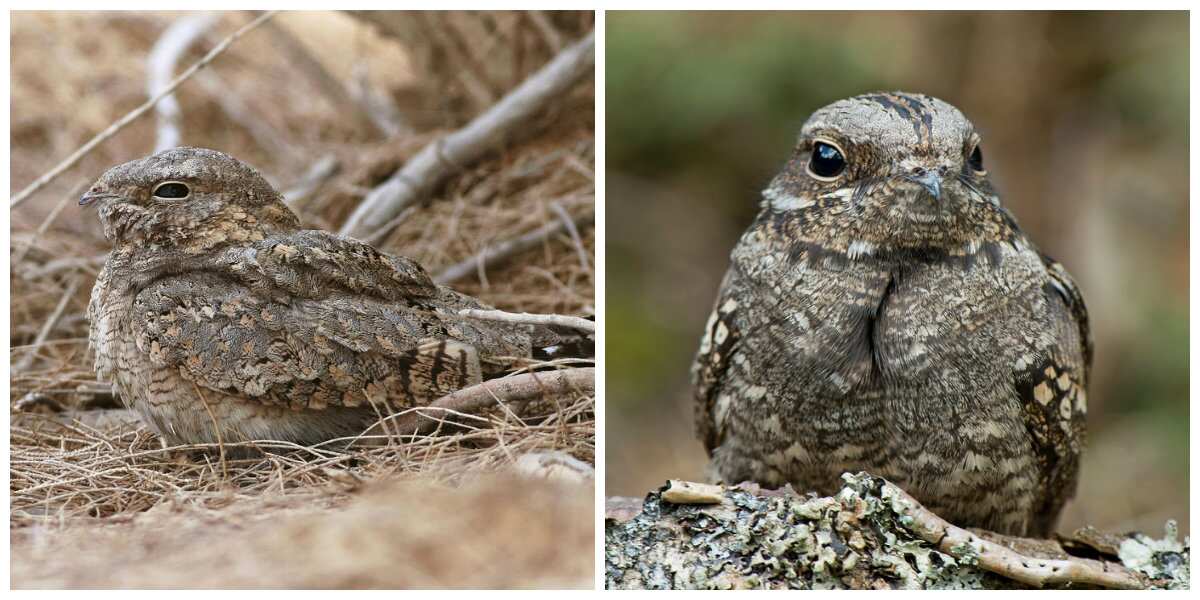
- European Nightjar
- Egyptian Nightjar
Charadriiformes
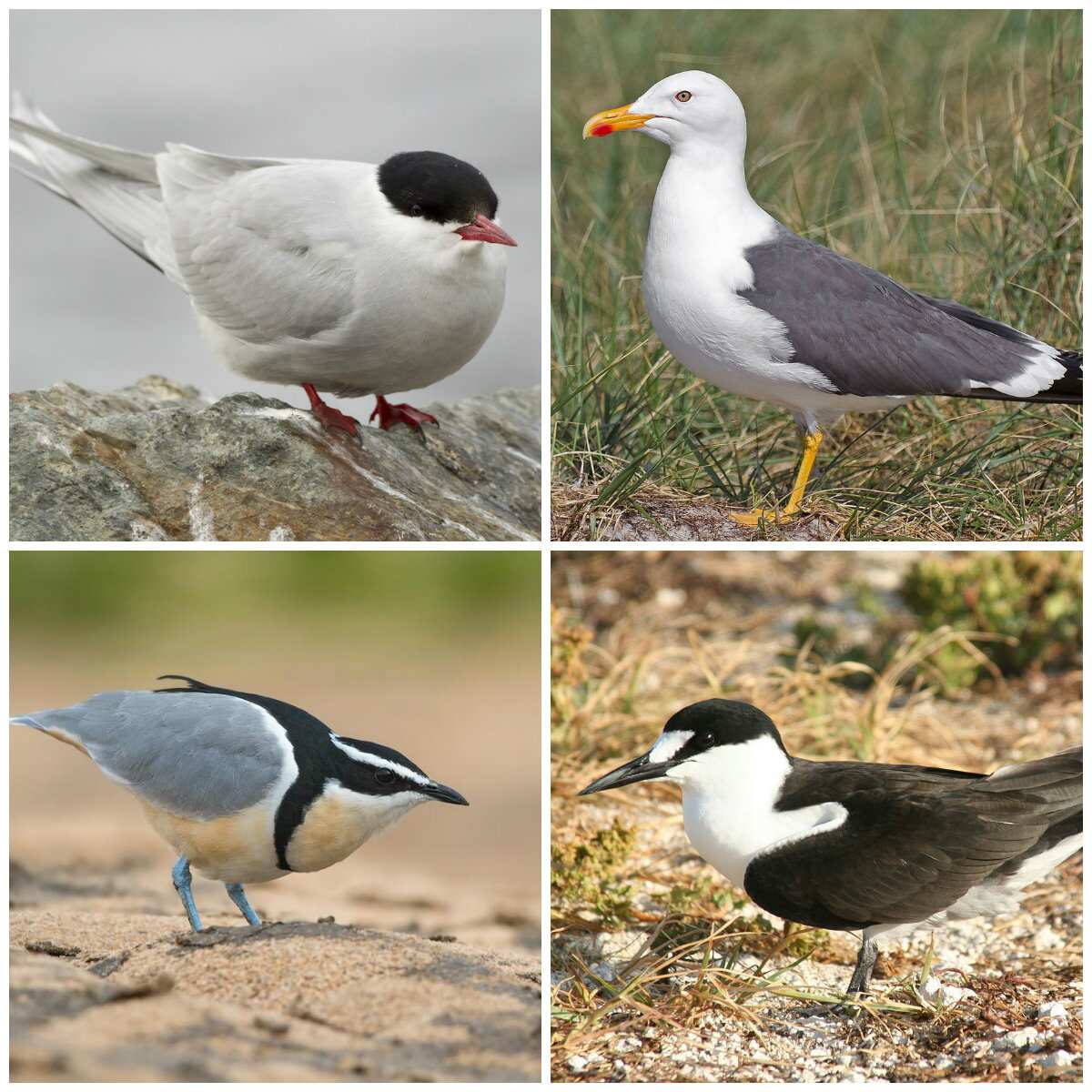
READ ALSO: Types of insects that might be dangerous in Nigeria
- Spotted thick-knee
- Water thick-knee
- African wattled lapwing
- Collared Pratincole
- Grey Plover
- Kittlitz's plover
- Little Ringed Plover
- Senegal lapwing
- Spur-winged Lapwing
- Three-banded plover
- White-crowned lapwing
- White-fronted plover
- Cream-coloured Courser
- Eurasian Oystercatcher
- African jacana
- Arctic Tern
- Black tern
- Black-headed Gull
- Bridled Tern
- Caspian Tern

Common Tern
- Gull-billed Tern
- Lesser black-backed Gull
- Little Tern
- Mew Gull / Common Gull
- Roseate Tern
- Royal Tern
- Sabine's Gull
- Sandwich Tern
- Sooty Tern
- Egyptian plover
- Black-winged Stilt
- Pied Avocet
- African Skimmer
- Greater Painted-snipe
- Greater Painted-snipe
- Black-tailed Godwit
- Broad-billed Sandpiper
- Common Redshank
- Sanderling
Ciconiiformes
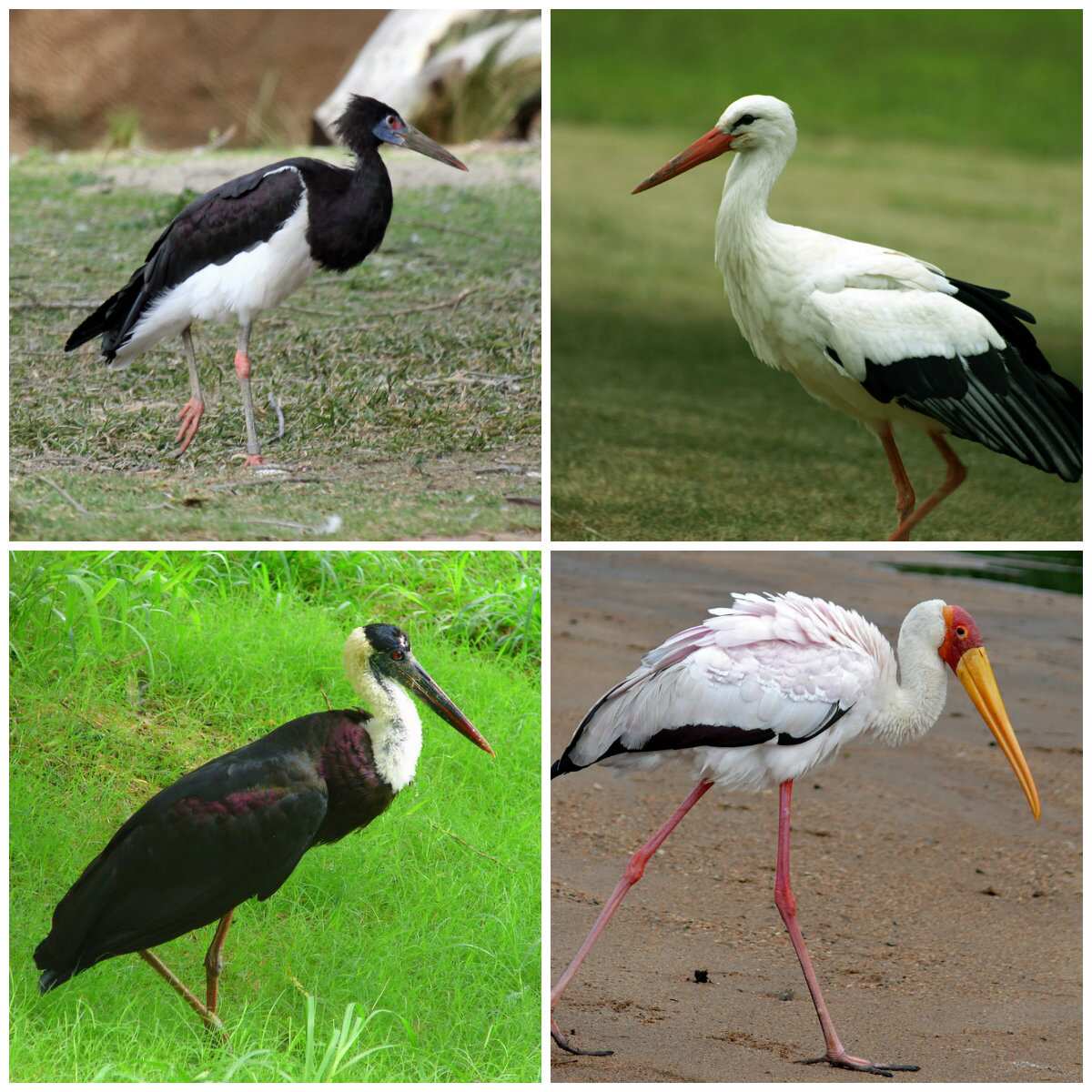
- Abdim's Stork
- African Openbill
- Black Stork
- Marabou Stork
- Saddle-billed Stork
- White Stork
- Woolly-necked Stork
- Yellow-billed Stork
Coliiformes
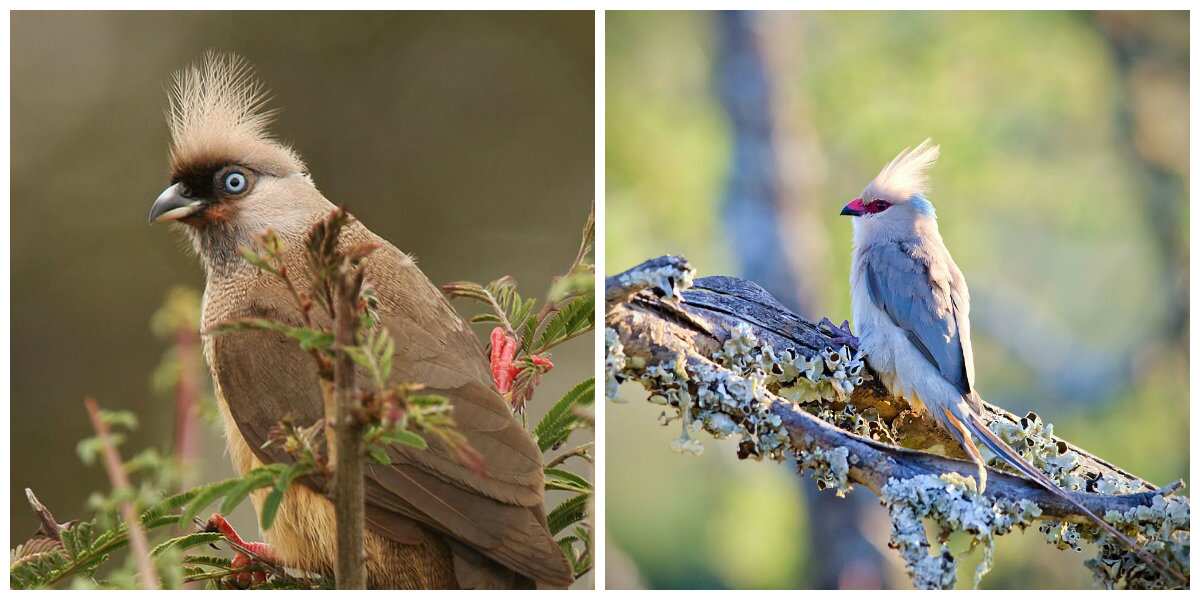
- Speckled Mousebird
- Blue-naped Mousebird
Columbiformes
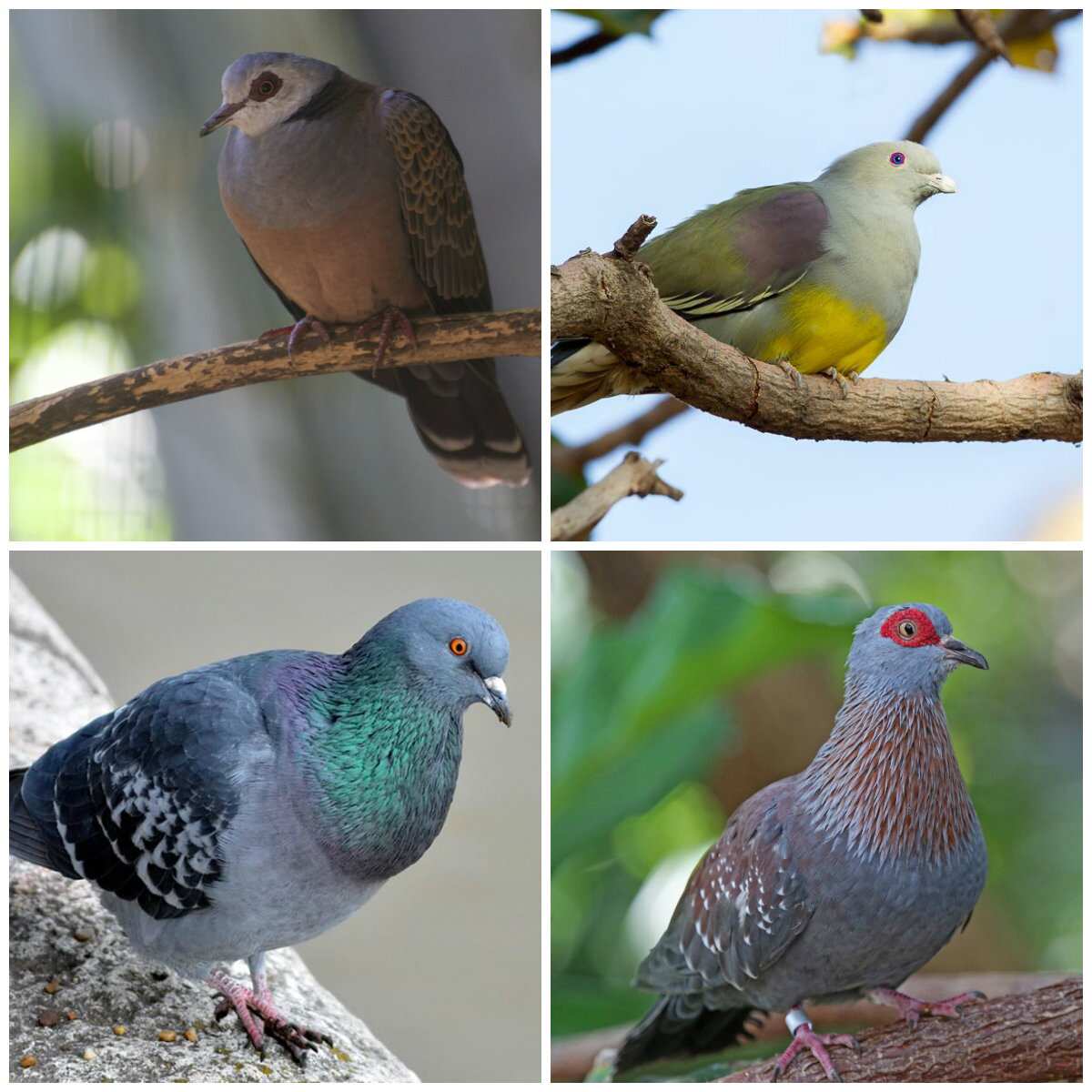
- Adamawa turtle dove
- Afep Pigeon
- African collared dove
- African Green Pigeon
- Blue-headed wood dove
- Blue-spotted wood dove
- Bruce's green pigeon
- European Turtle Dove
- Laughing dove
- Lemon Dove
- Mourning collared dove
- Namaqua dove
- Red-eyed dove
- Rock Dove
- Speckled Pigeon
- Tambourine dove
Coraciiformes
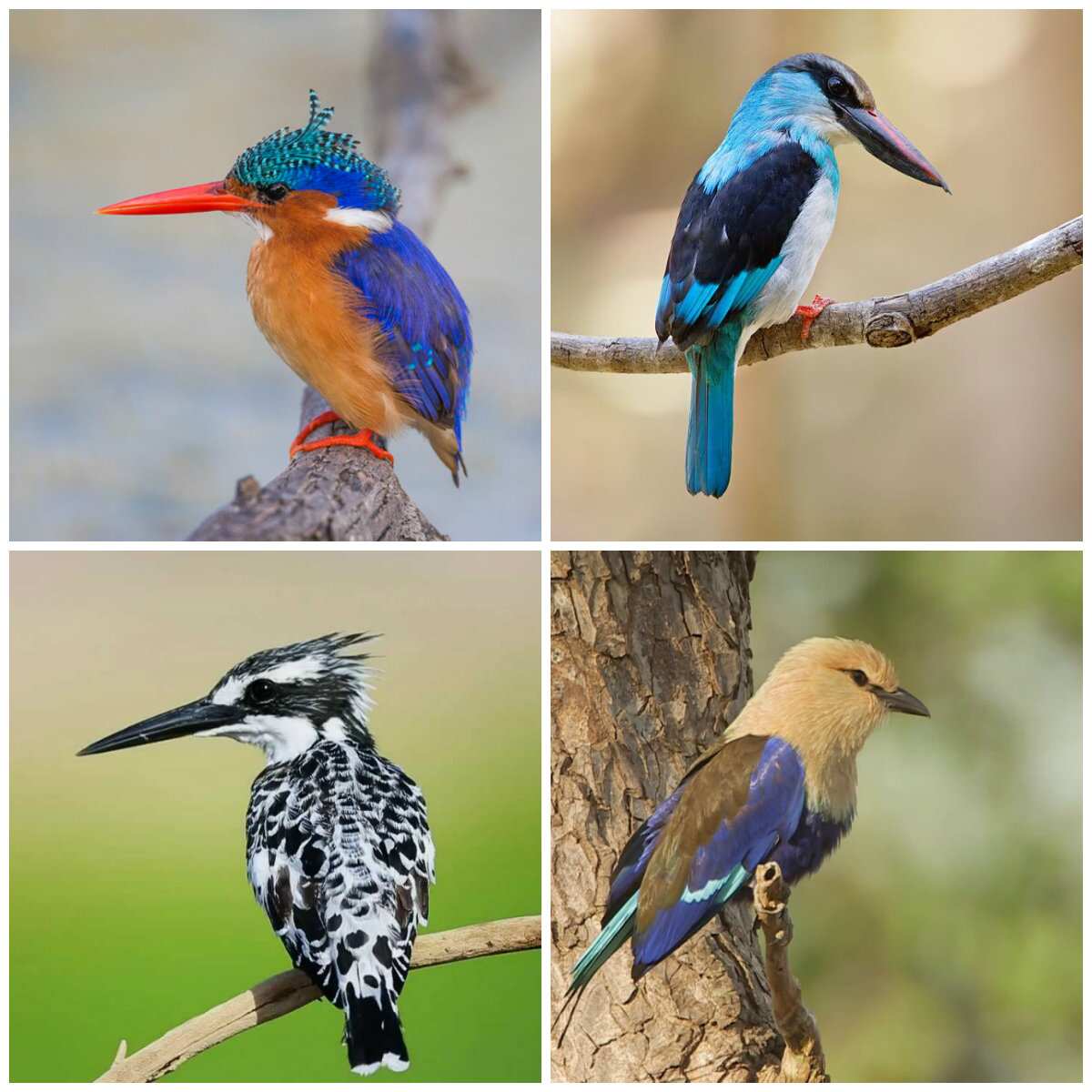
- African Pygmy Kingfisher
- Chocolate-backed Kingfisher
- Grey-headed Kingfisher
- Malachite Kingfisher
- Pied Kingfisher
- Shining-blue Kingfisher
- Striped Kingfisher
- Woodland Kingfisher
- Abyssinian roller
- Blue-bellied Roller
- Broad-billed Roller
- European Roller
- Bleu-headed Bee-eater
- Red-throated Bee-eater
- White-throated Bee-eater
Cuculiformes
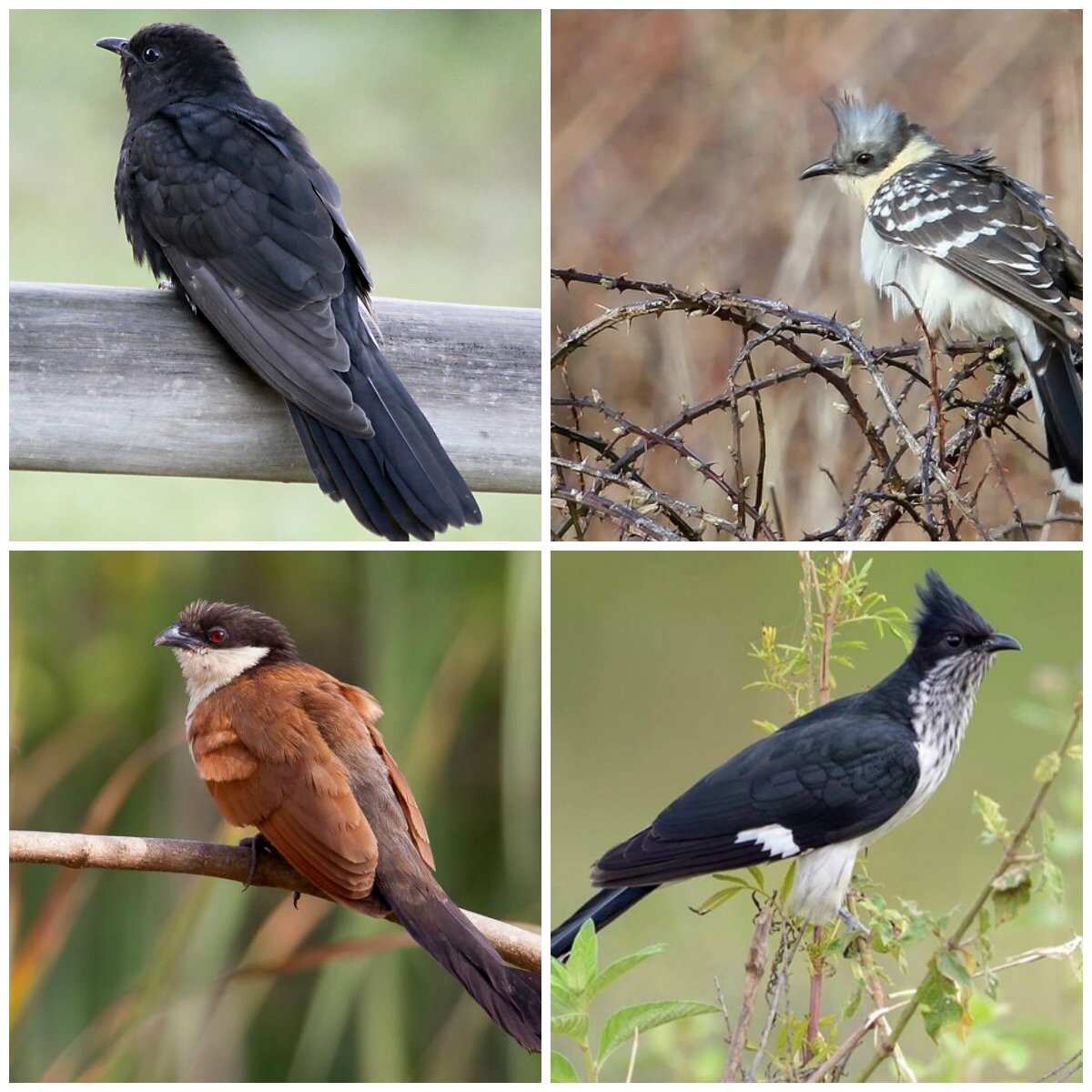
- Black cuckoo
- Common Cuckoo
- Great spotted cuckoo
- Jacobin cuckoo
- Klaas's cuckoo
- Levaillant's cuckoo
- Senegal coucal
Falconiformes
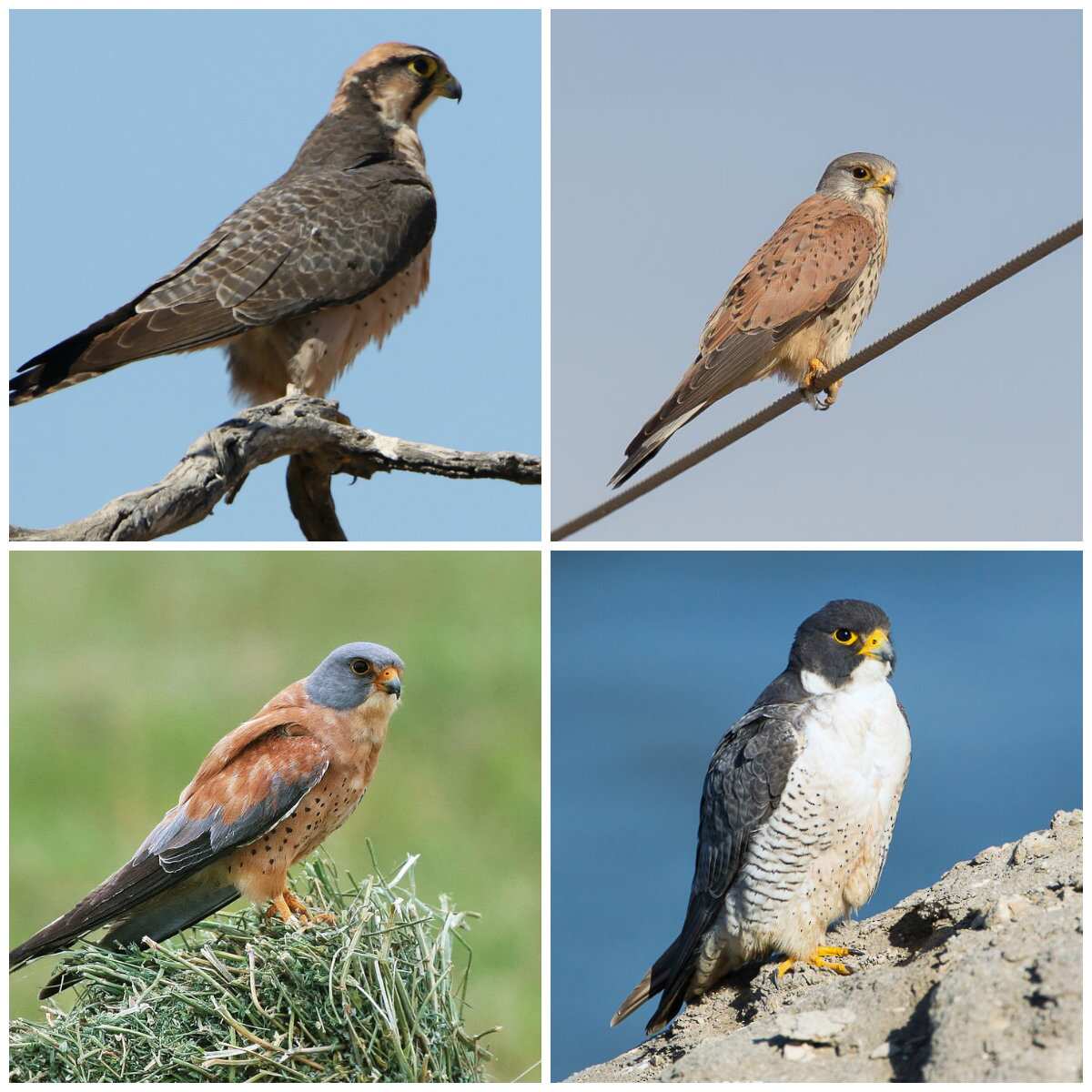
- African Hobby
- Common Kestrel
- Grey Kestrel
- Lanner Falcon
- Lesser Kestrel
- Peregrine Falcon
- Red-necked Falcon
Galliformes
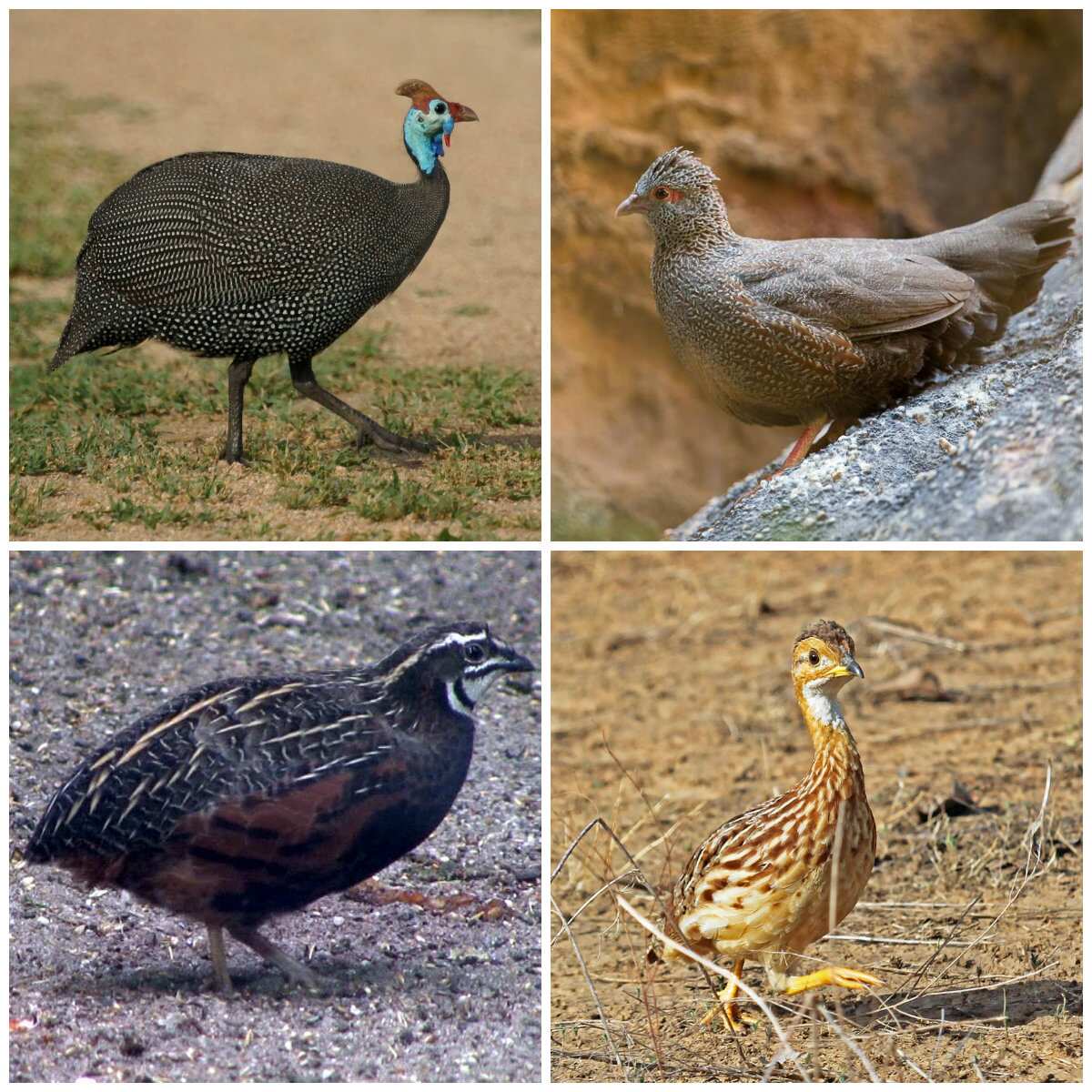
- Black Guineafowl
- Helmeted Guineafowl
- Stone partridge
- Common quail
- Coqui Francolin
- Double-spurred Francolin
- Harlequin quail
- Scaly Francolin
- White-throated Francolin
Gruiformes
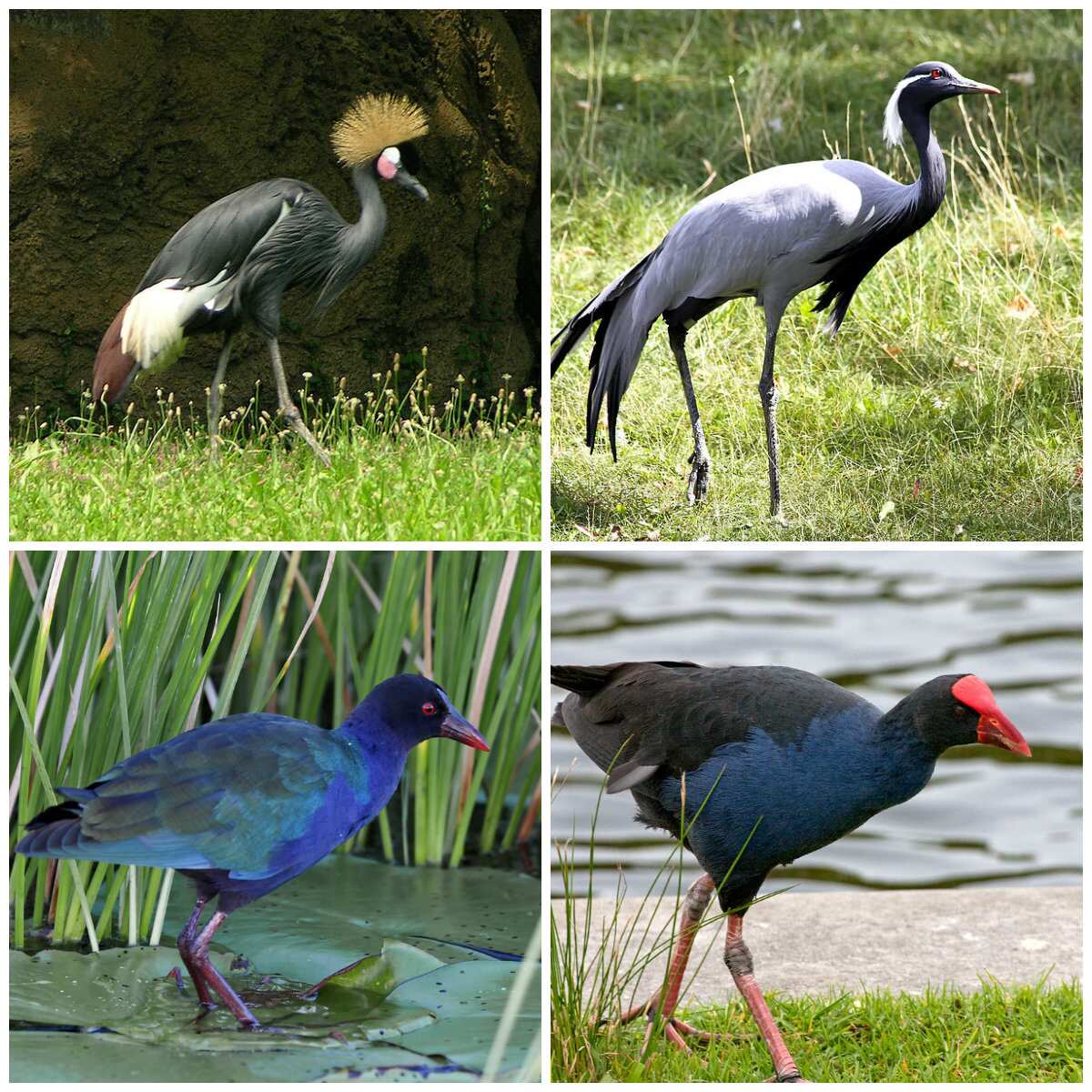
- Black Crowned Crane
- Demoiselle Crane
- African Finfoot
- African Crake
- Allen's Gallinule
- Black crake
- Common Moorhen
- Eurasian Coot
- Little crake
- Purple Swamphen
Musophagiformes
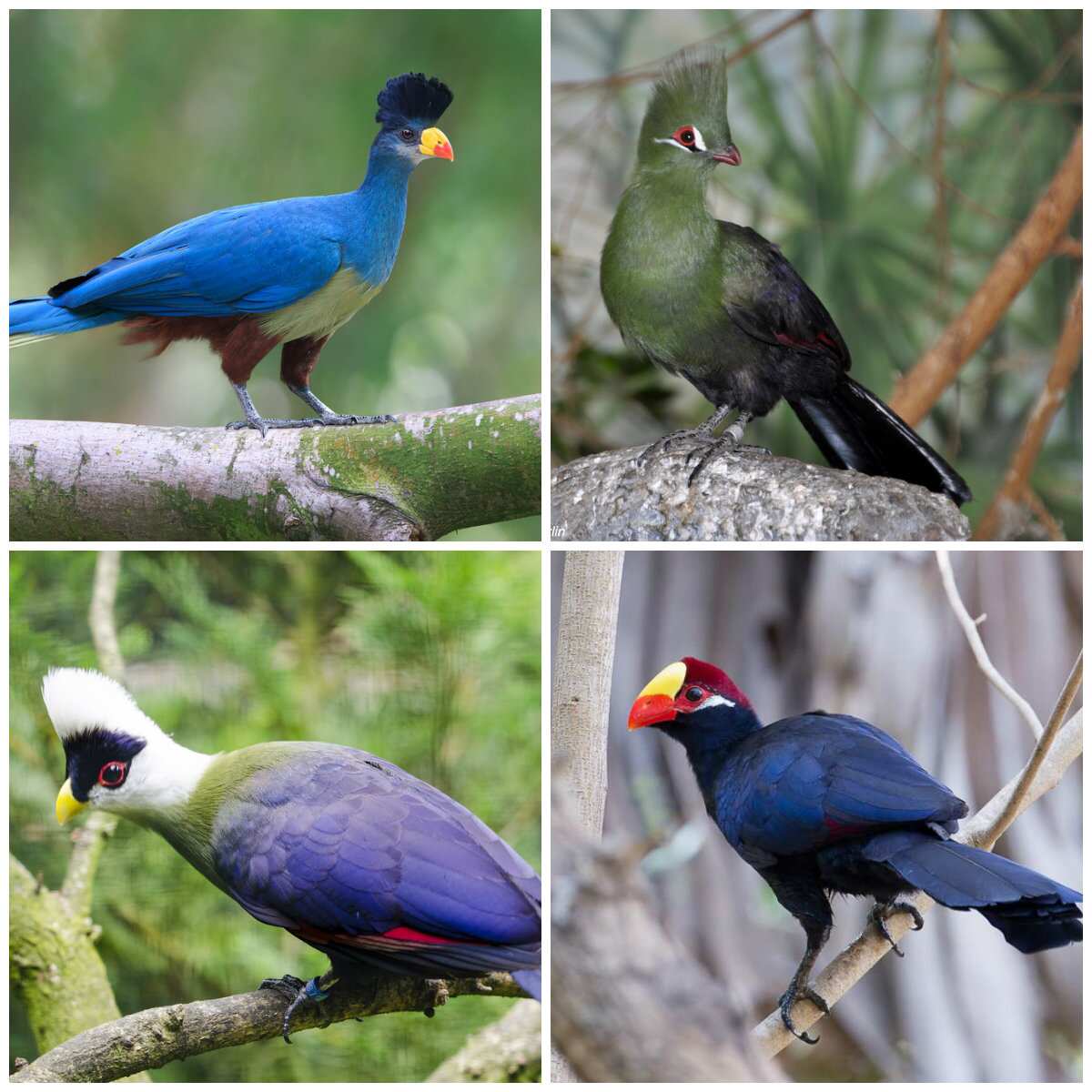
- Great blue turaco
- Guinea turaco
- Guinea turaco
- Violet turaco
- White-crested turaco
Otidiformes
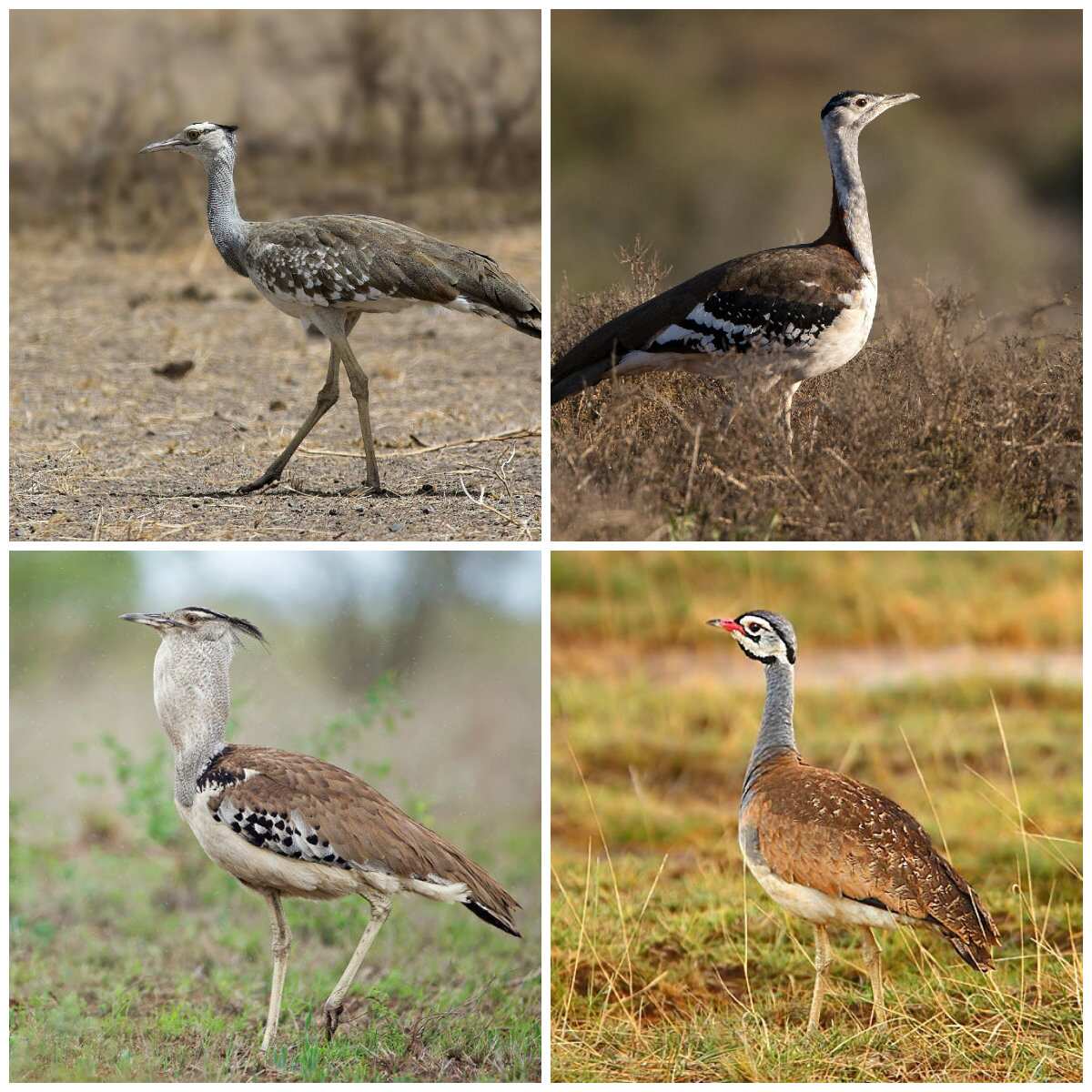
- Arabian Bustard
- Denham's Bustard
- Nubische trap
- White-bellied Bustard
Passeriformes
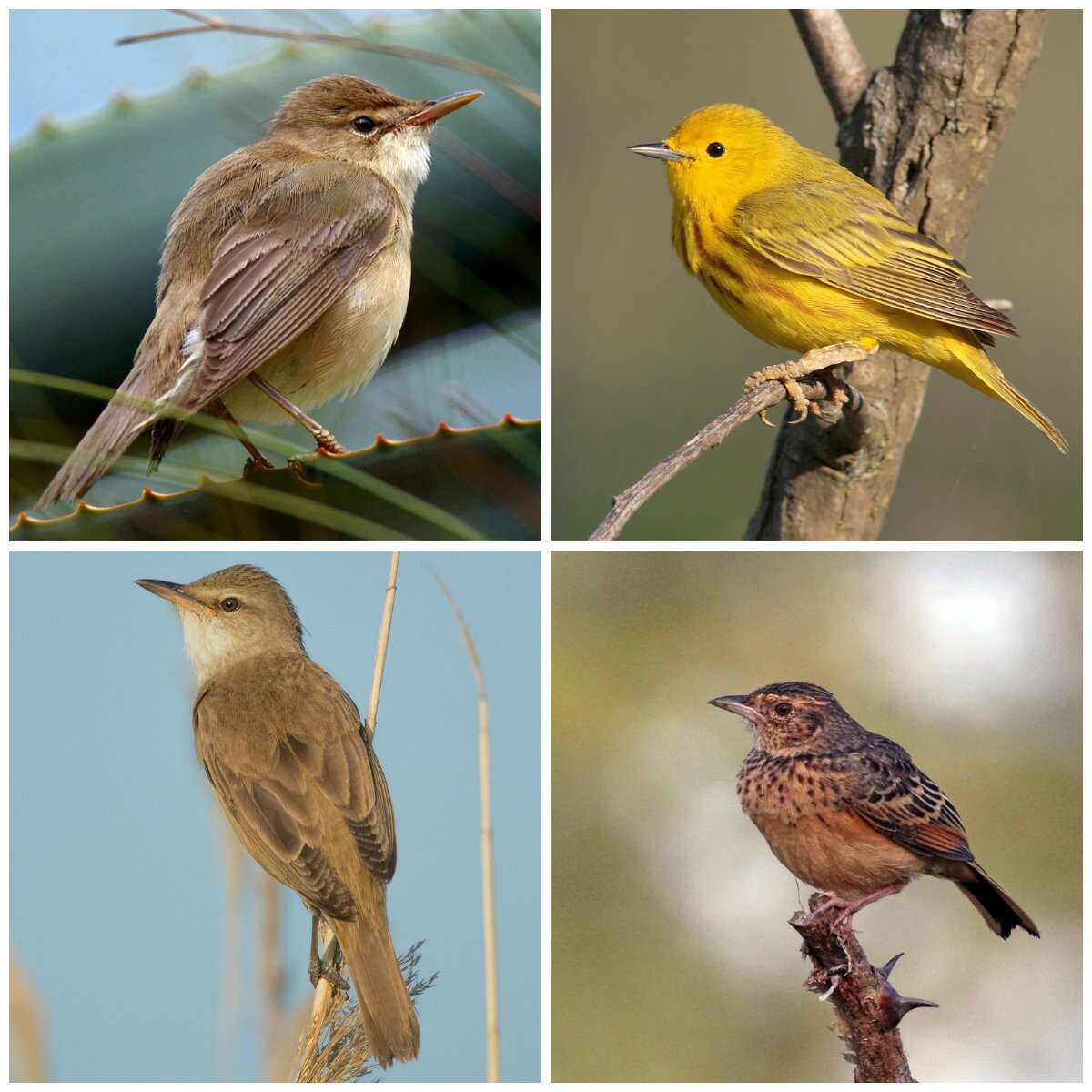
- African reed warbler
- African yellow warbler
- Great Reed Warbler
- Melodious warbler
- Icterine Warbler
- Flappet lark
- Desert cisticola
- Pied crow
- Lavender Waxbill
- Rock Martin
- Square-tailed drongo
- Black-and-white Mannikin
- Cut-throat Finch
- Black-crowned Tchagra
- Black-headed gonolek
Pelecaniformes
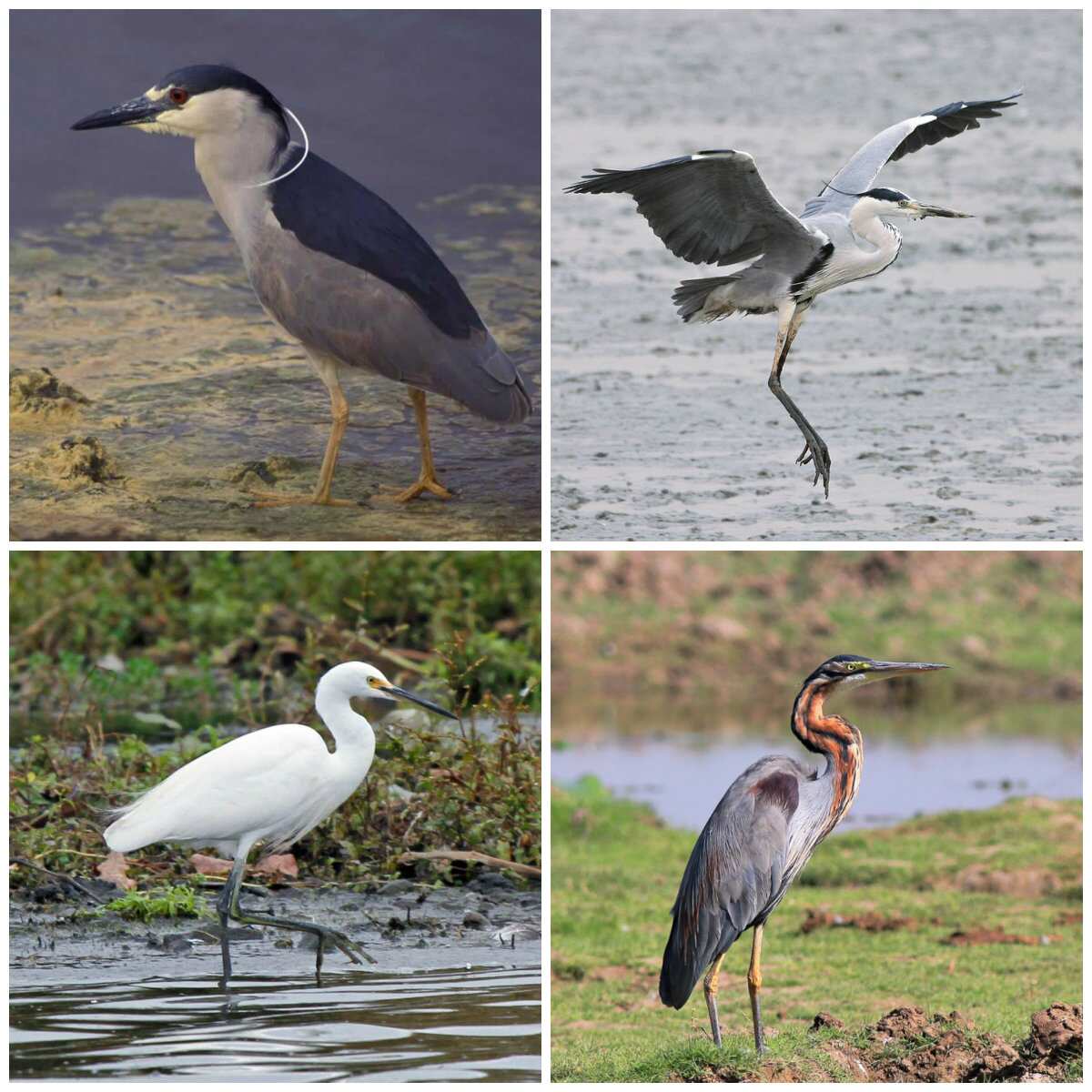
- Black-crowned Night Heron
- Black Heron
- Great (White) Egret
- Intermediate Egret
- Little Egret
- Greaat White Pelican
- Pink-backed Pelican
- African Spoonbill
Phaethontiformes
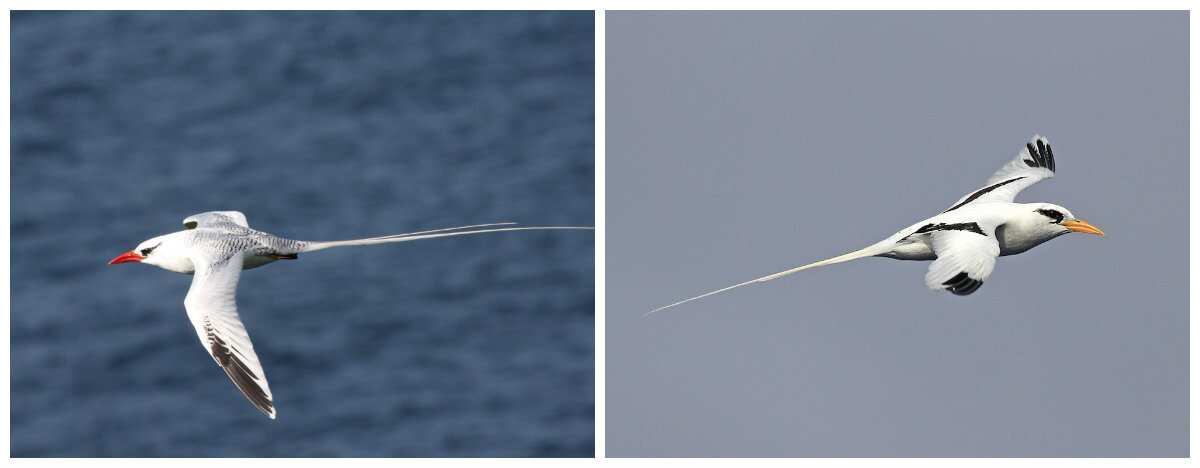
- Red-billed Tropicbird
- White-tailed Tropicbird
Piciformes
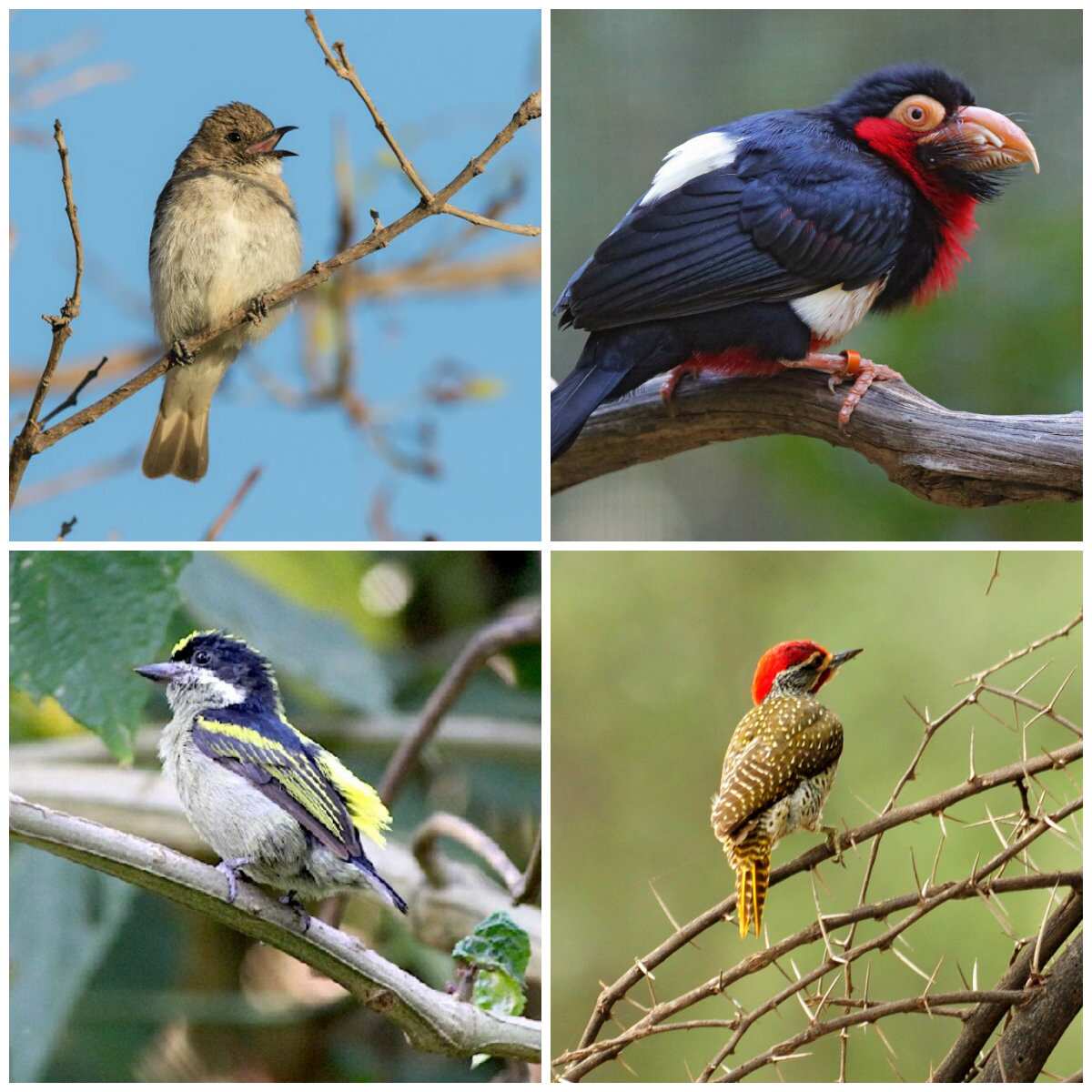
- Brown-backed honeybird
- Greater Honeyguide
- Double-toothed barbet
- Western tinkerbird
- Cardinal woodpecker
- Eurasian Wryneck
Podicipediformes
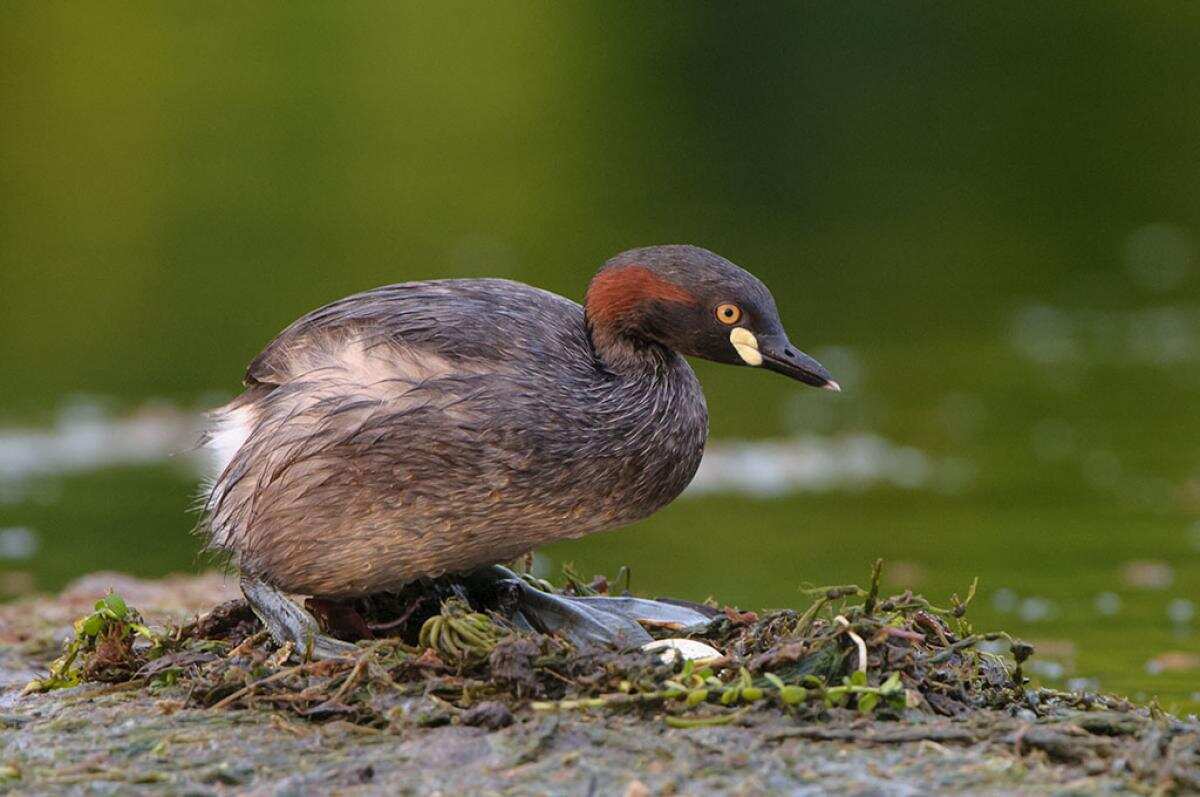
Photo: nzbirdsonline.org.nz
Source: UGC
READ ALSO: Slowest animal in the world - Top 5
- Little Grebe
Procellariiformes
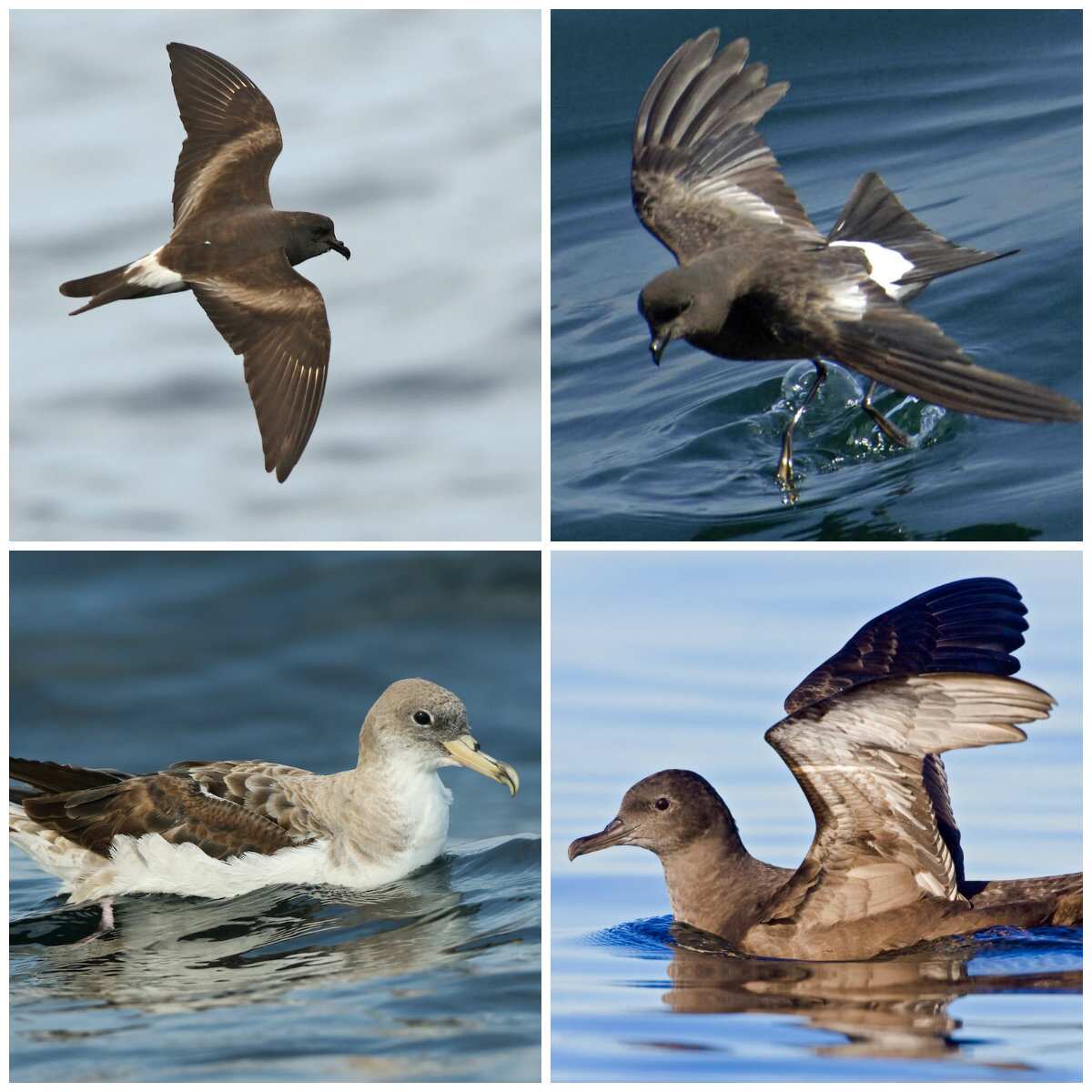
- Leach's Storm-Petrel
- Wilson's Stormpetrel
- Cory's Shearwater
- Sooty Shearwater
Psittaciformes
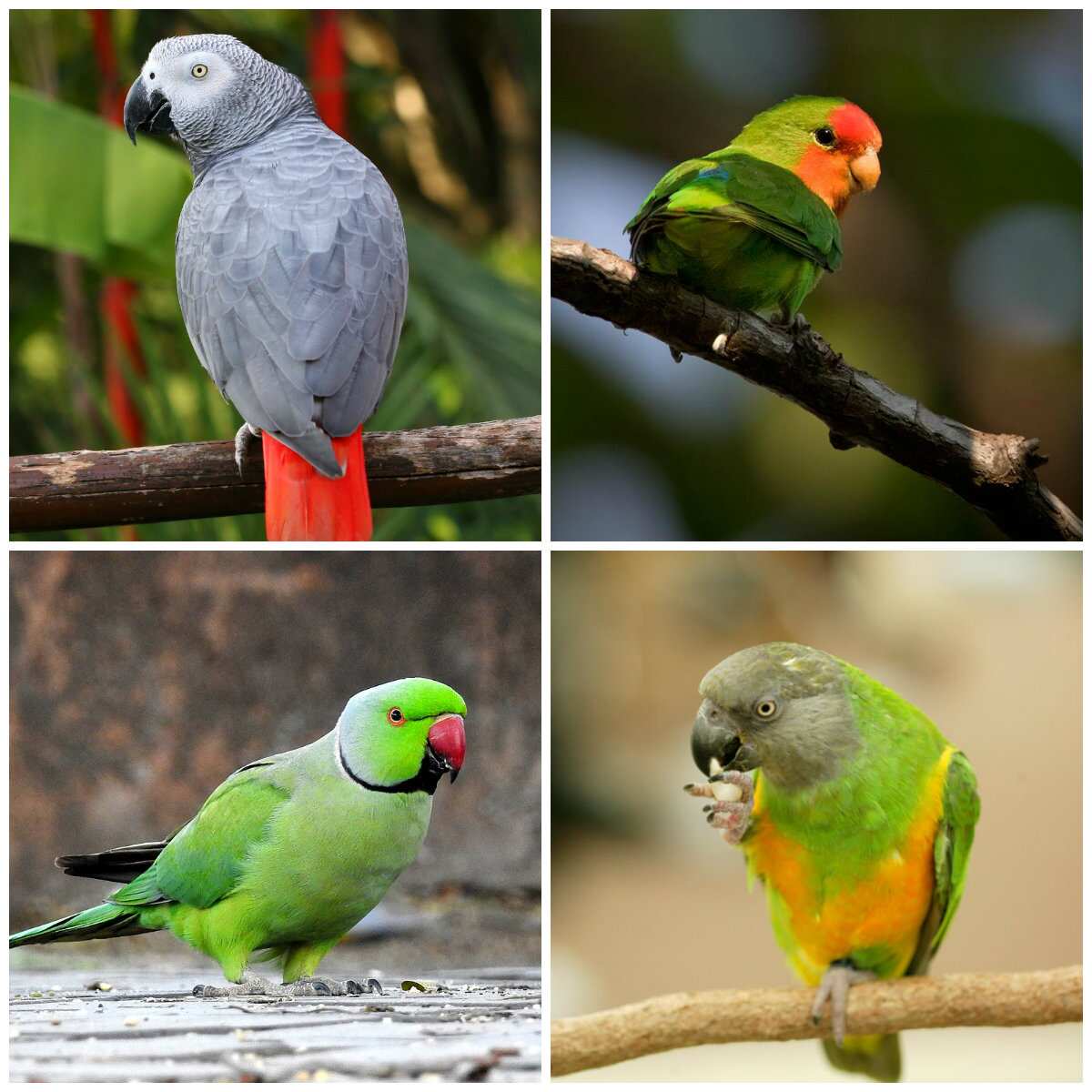
- African Grey Parrot
- Red-headed Lovebird
- Rose-ringed Parakeet
- Senegal Parrot
Strigiformes
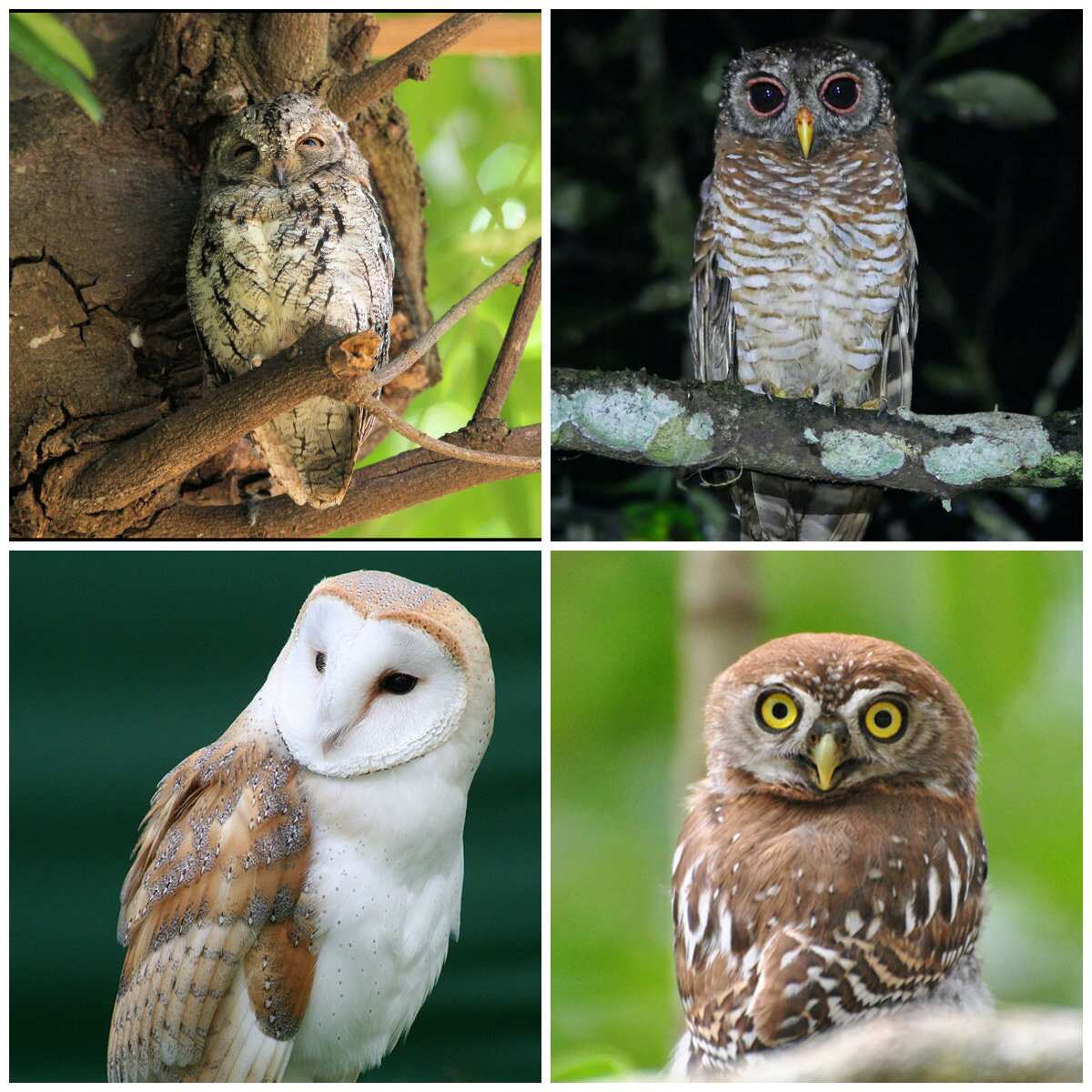
- African Scops Owl
- African Wood Owl
- Greyish Eagle-Owl
- Pearl-spotted Owlet
- Verreaux's Eagle-Owl
- Barn Owl
Suliformes

- African Darter
- Cormorant
- Reed Cormorant
Trogoniformes
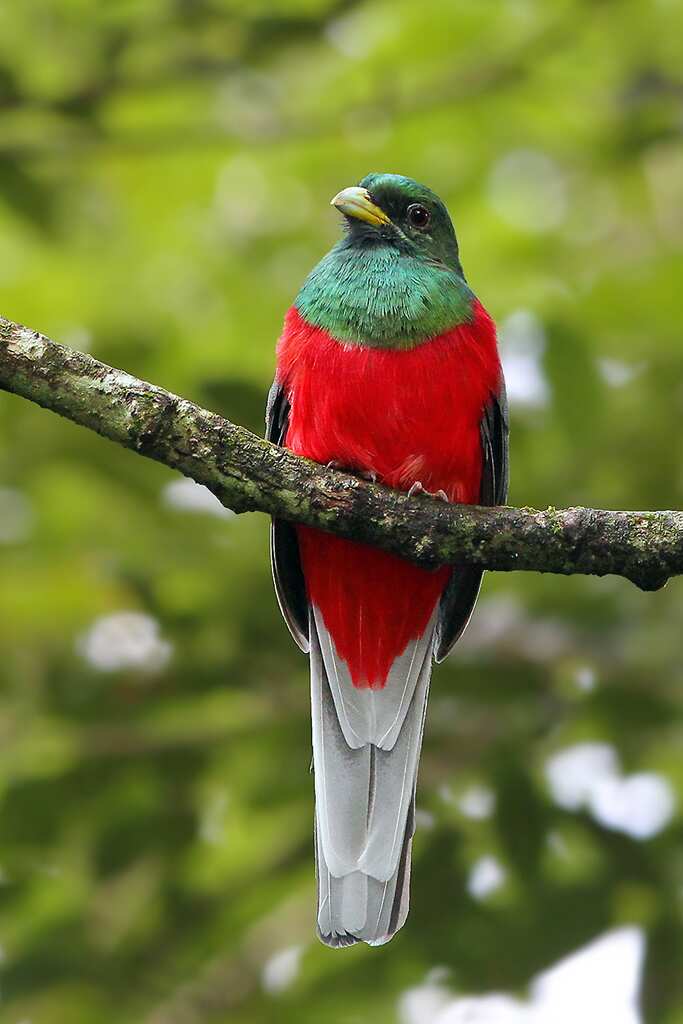
Photo: theflacks.co.za
Source: UGC
- Narina Trogon
Birds of Nigeria
Nigeria has a big territory and wide variety of landscapes, there are coastal plains, rainforests, mangroves and river valleys. Such variety of ecosystems creates great conditions for different types of birds.
All these types of birds are very important for the functioning of the entire ecosystem of the country, that is why the supporting of their survival is among the main tasks of the ornithologists in Nigeria.
READ ALSO: Types of plants that live in the Sahara desert
Source: Birds of Nigeria
Source: Legit.ng
from Nigeria News today & Breaking Naija news ▷ Read on LEGIT.NG 24/7 http://bit.ly/2TFZac5
via EDUPEDIA24/7
Comments
Post a Comment